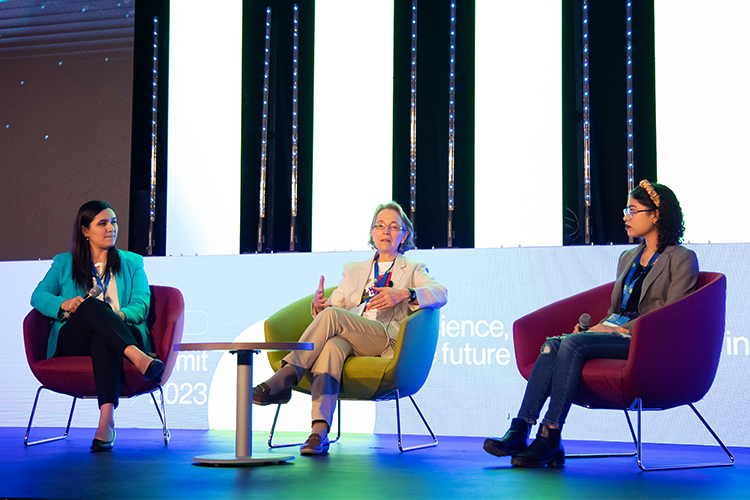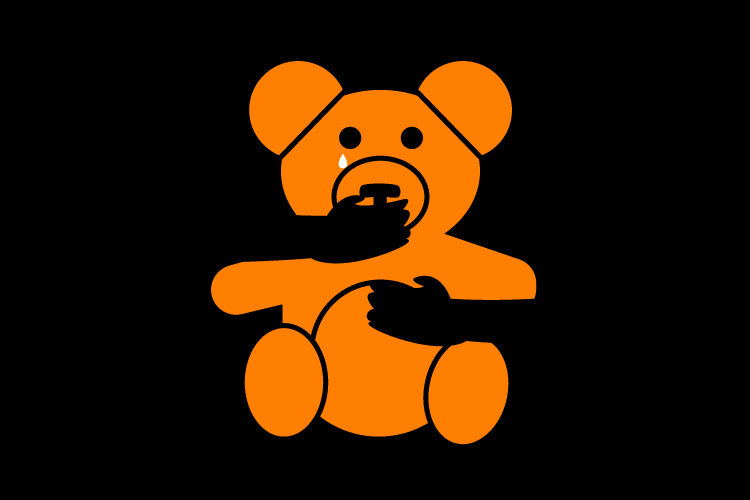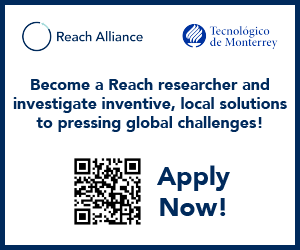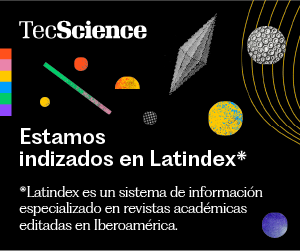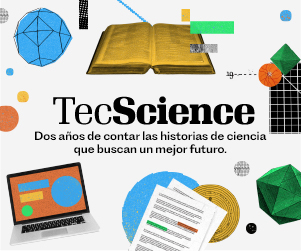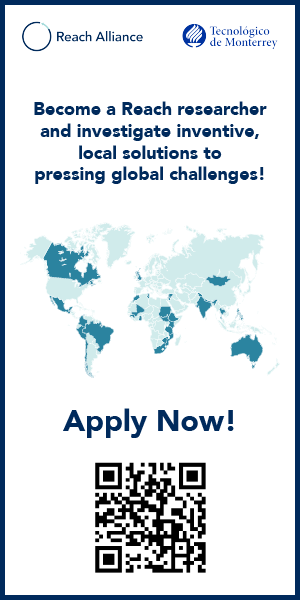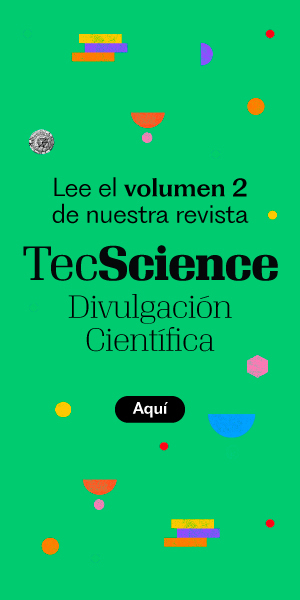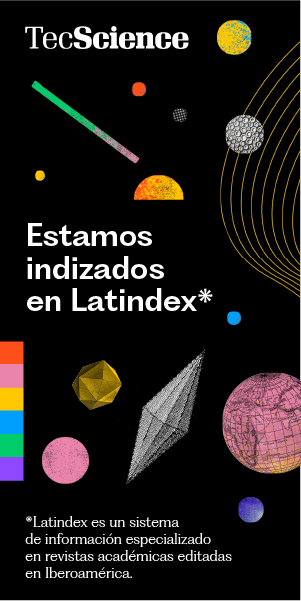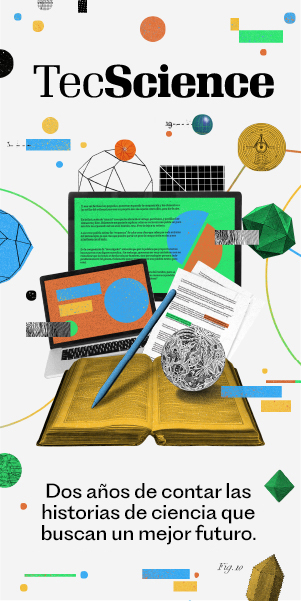Plagiarism and the falsification of data or authorship are practices that run counter to ethics and integrity in scientific publishing. They not only have serious professional consequences for researchers but also erode institutional credibility, fuel distrust in science, and slow technological progress when innovation is based on unreliable publications.
João Pildervasser, Academic Affairs Manager for Latin America and the Caribbean at Springer Nature, shared this perspective during the conference Ethics and Integrity in Scientific Publishing at Tec Research Day.
“According to the National Institutes of Health, research integrity is about using honest and verifiable methods when proposing, conducting, and evaluating research. Communicating results should be done with particular attention to compliance with established standards, regulations, and guidelines,” Pildervasser explained.
The event, held as part of the Tec Science Summit 2025, brings together scientists from all of the institution’s schools to foster research collaboration. This year’s edition is themed Interdisciplinary Science for a Complex World.
The expert pointed out that, unfortunately, there are bad actors, unethical behaviors, and incentives that undermine ethics and integrity in both science and scientific publishing. This kind of misconduct affects the entire scientific ecosystem, involving researchers, industry, institutions, publishers, governments, and society as a whole.
For this reason, research integrity should not be solely the responsibility of scientists but rather a shared commitment across the entire scientific community.
However, Pildervasser also noted that not all breaches of ethics stem from bad intentions. Sometimes, they result from genuine mistakes, where researchers discover flaws in their own work or in that of others during the course of their investigations.
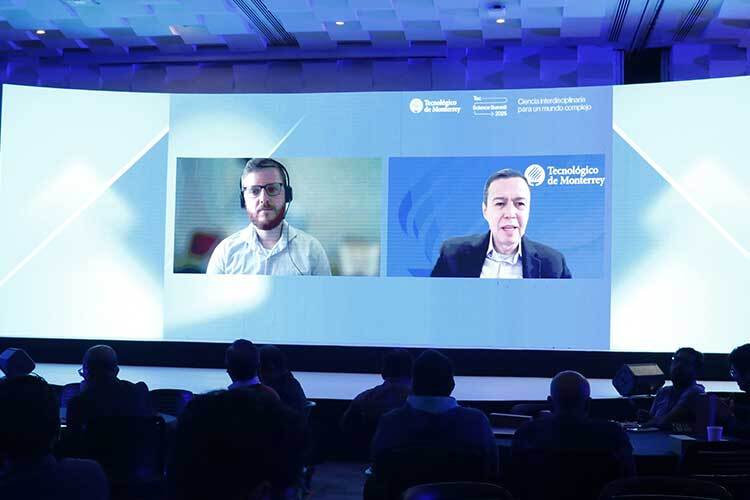
Quality Control Processes
Pildervasser shared some of the quality control practices implemented at Springer Nature, including a team of experts from various fields—ranging from editorial to legal—who conduct rigorous evaluations to ensure the integrity of scientific publications.
“This team is involved not only in supporting the development of the technology used in our editorial process but also in assisting researchers and training our internal staff,” he explained.
As a scientific publisher, Springer Nature has multiple integrity checks built into its editorial process. These include plagiarism detection tools, peer review, data validation, and correction mechanisms—even after publication.
When integrity violations occur, publishers have several possible courses of action, such as issuing corrections, editorial appendices, editor’s notes, expressions of concern, or retractions.
Retractions serve as a crucial mechanism for correcting the scientific record, ensuring research integrity, and alerting readers to articles containing flawed or unreliable data, making it clear that their findings should not be trusted.
The responsibility of scientific publishers is to assess whether the content of articles is reliable, preserving trust in the research they publish and ensuring that their readers have access to valid and credible information.
The Use of AI in Scientific Articles
The speaker noted that Artificial Intelligence (AI) should be seen as a tool—like any other—that can be used for both positive and negative purposes. When it comes to ethical authorship, for example, the publisher does not accept AI models as authors. Authorship carries responsibility for the work, and if an integrity issue arises, it would be impossible to hold an AI model—or the company behind it—accountable.
On the other hand, the publisher does allow the use of AI tools for assisted editing, improving readability and style, or identifying grammatical issues. “But it’s important to be clear that any use of AI must be properly documented in the methods section so that reviewers and readers are aware of its involvement,” Pildervasser emphasized.
AI can also serve as a valuable tool for identifying integrity issues, he added. At Springer Nature, for example, they use a system called Geppeto, which can detect gestures generated by language models.
This is complemented by additional tools that identify invalid, nonsensical, or plagiarized content; verify authors and reviewers to prevent conflicts of interest during the evaluation process; and SnappShot, which detects manipulated images.
Additionally, the publisher continues to develop tools to support editorial and article review processes, helping authors and reviewers streamline the publication workflow.
Did you find this story interesting? Would you like to publish it? Contact our content editor to learn more at marianaleonm@tec.mx



